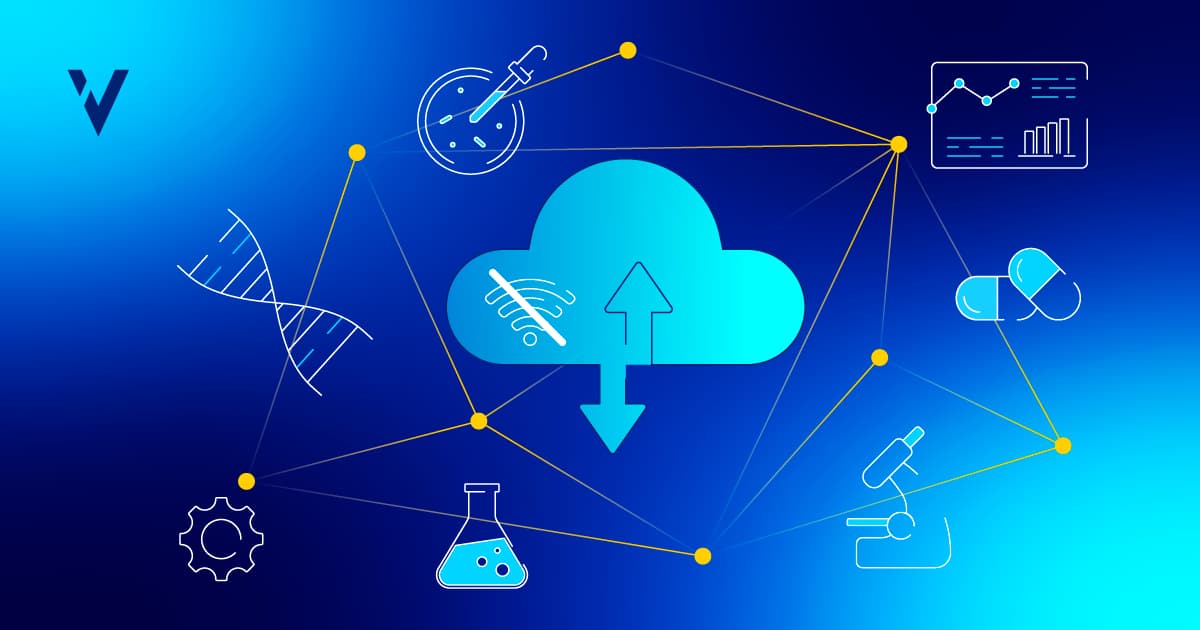In September 2022, the FDA issued its draft guidance for computer software assurance (CSA), marking a significant shift from traditional computer system validation (CSV) to a more quality-driven approach. This guidance encourages validation professionals to leverage automation and advanced technologies to enhance efficiency and effectiveness.
At ValGenesis, we are at the forefront of this transformation with the industry’s only out-of-the-box CSA-ready validation lifecycle management system (VLMS).
In this blog post, we’ll explore how ValGenesis VLMS simplifies and accelerates computer system and software validation, empowering life sciences companies to bring life-saving products to market faster. We’ll highlight key features, including robust test case creation and real-time risk assessment. You’ll see how ValGenesis VLMS can facilitate your transition to CSA while ensuring 21 CFR Part 11 compliance.
Hit the Ground Running with the Right Validation Tool
Transitioning to CSA can seem daunting, but choosing a configurable system can simplify your journey. ValGenesis VLMS is flexible and scalable. As your organization grows, the solution adapts to new needs, ensuring you remain agile and responsive.
Here are four key advantages that demonstrate why a configurable out-of-the-box solution like ValGenesis VLMS is the ideal choice for adopting CSA’s modern, quality-centric framework:
- Alignment with SOPs: Tailor the system to align with your organization’s standard operating procedures (SOPs).
- Robust technical controls: Enforce processes and procedures through advanced technical controls.
- Operational efficiency: Enhance operational efficiency while improving product quality.
- Seamless integration: Easily integrate ValGenesis VLMS with other quality systems used in the life sciences sector.
Key Features of ValGenesis VLMS
With features like independent requirement building, decision tree logic, and dynamic traceability, our VLMS empowers validation teams to streamline their processes and focus on what truly matters—principles that align closely with the FDA CSA guidance. Let’s take a closer look at some standout features and functionalities.
Independent requirement building and testing
ValGenesis VLMS is inherently data-driven, which differentiates it from traditional document management solutions. This functionality allows you to build requirements independently of test cases, streamlining your workflow. By enabling simultaneous review and approval of requirements while authoring test cases, the platform empowers validation teams to assess risks and create necessary documentation without unnecessary delays.
Unique system assessment with decision tree logic
Our VLMS employs decision tree logic to conduct system assessments, ensuring you validate only what’s necessary. This targeted approach eliminates both over- and under-validation, saving you valuable time and resources.
You can configure and define business rules using practical criteria, creating various scenarios that lead to different validation outcomes. As you navigate the decision tree, your responses determine the risk level—moderate, high, or low—dictating the required deliverables. For instance, if the system assessment identifies a moderate risk, your validation may only need a user requirements specification (URS) and a performance qualification (PQ). Conversely, a high risk assessment may require comprehensive documentation and testing.

Figure 1: By defining business rules and navigating through the decision tree, you can quickly identify the appropriate risk level and required deliverables, ensuring efficient and targeted validation.
The system also offers real-time validation status updates, with color-coded icons representing various statuses such as validated, verified, work in progress, pending, or qualified. This intuitive interface lets your team quickly understand the current status of the specific system or software they are validating.
Auto-generated requirement IDs
ValGenesis VLMS streamlines the requirement creation process with auto-generated requirement IDs. No more manually formatting or numbering IDs; the system does it for you, ensuring accuracy and consistency. This capability extends to importing requirements from external systems. Once imported, teams can collaborate on drafting, reviewing, and approving requirements through well-defined workflows, enhancing teamwork and efficiency.
Dynamic traceability matrix for immediate insights
Another standout feature of our VLMS is the dynamic traceability matrix, which auto-generates as soon as you create requirements and test cases. This capability eliminates the need to compile requirement traceability matrices (RTMs) at the end of the validation process, thereby reducing the risk of errors, delays, and inadequate risk management. Late compilation often limits visibility and collaboration among team members, making it challenging to identify and address potential issues.
With ValGenesis VLMS, users can easily visualize end-to-end coverage, seeing how user requirements specifications (URS), functional specifications (FS), and test cases interrelate. This visibility is crucial for maintaining compliance and ensuring that all requirements are adequately tested. By adopting a continuous approach to traceability, teams can enhance efficiency and ensure comprehensive coverage throughout the validation lifecycle, gaining immediate insights into risk criteria and testing impacts for a more agile validation process.

Figure 2: The trace model in ValGenesis VLMS provides an intuitive overview of how requirements, specifications, and test cases interconnect for seamless validation.
Risk assessments with tailored process conditions
In ValGenesis VLMS, risk assessments can be customized based on specific process conditions, equipping teams to evaluate and manage risks effectively. The system employs a color-coded framework—green for low risk, yellow for medium risk, and red for high risk—enabling users to quickly identify the risk level associated with each requirement. This visual system helps teams determine the appropriate level of testing needed, ranging from ad hoc testing to thorough positive and negative testing.
Additionally, VLMS enhances clarity with a yes/no column that indicates whether specific tests cover the requirements. This feature streamlines the validation process, ensuring that all necessary tests are accounted for and compliance standards are met efficiently.
.png?width=1200&height=507&name=Screenshot-%232%20(2).png)
Figure 3: The intuitive color-coded framework empowers you to assess risk swiftly.
Auto-generated test case IDs
Creating test cases in ValGenesis VLMS matches the efficiency of requirement creation. Just like requirement IDs, your test IDs are auto-generated, minimizing manual entry errors and saving you valuable time. You can create tests manually or import them from previously utilized cases, giving you the flexibility to collaborate effectively with your team. With real-time links to requirements, you can quickly reference related documentation while drafting test cases, ensuring that your test cases and requirements are aligned for effective validation.
Quick access to referenced requirements and risk details
ValGenesis VLMS makes it easy to navigate the intricacies of requirements and risk assessments. Users can quickly access referenced requirements and associated risk details on a single screen. If you need more information, select the hyperlink and it will populate a floating window with the information you need, including risk details, without you having to navigate away from your current task.
Easy evidence capture
Executing test cases within the system is straightforward and efficient. Traditionally, you would have to manually write your expected results, capture objective evidence separately, and compile everything into a Microsoft Word document before converting it into a PDF. This process is time-consuming and error-prone.
With ValGenesis, you conduct all your testing within the platform itself. You can easily capture objective evidence, such as photos, videos, and screenshots, directly within the system. You can also attach various file types, including those from the Microsoft Office suite, PDFs, and images. This capability not only streamlines your documentation process but also provides real-time feedback on test results.
The real-time impact of your testing on requirements is immediately visible. If a test passes, the system will mark it as "pass." If it fails, the system will mark it as "fail." Additionally, the trace matrix reflects these results with color coding—tests that pass turn green, while tests that fail turn red—making it easy for you to identify the status of each test at a glance.

Figure 4: Easily capture and attach objective evidence while viewing real-time test results.
Ensure Your Validation Practices Remain Current and Effective
Transitioning to computer software assurance is essential for life sciences companies focused on enhancing efficiency and compliance. ValGenesis VLMS stands out as the industry's only out-of-the-box solution that allows you to reap the benefits of this streamlined methodology sooner rather than later.
Watch the webinar below to learn more about how ValGenesis VLMS can facilitate your shift from traditional CSV to a more agile, risk-based CSA framework. Dive deeper into the features that can empower your organization to thrive in today’s evolving regulatory landscape.
Out of the Box CSA with ValGenesis VLMS
Discover how CSA can elevate your validation process with modern methodologies and ValGenesis VLMS!
Computer System Validation (CSV) Computer Software Assurance (CSA)
Jeff Ramos
Solutions Engineer



